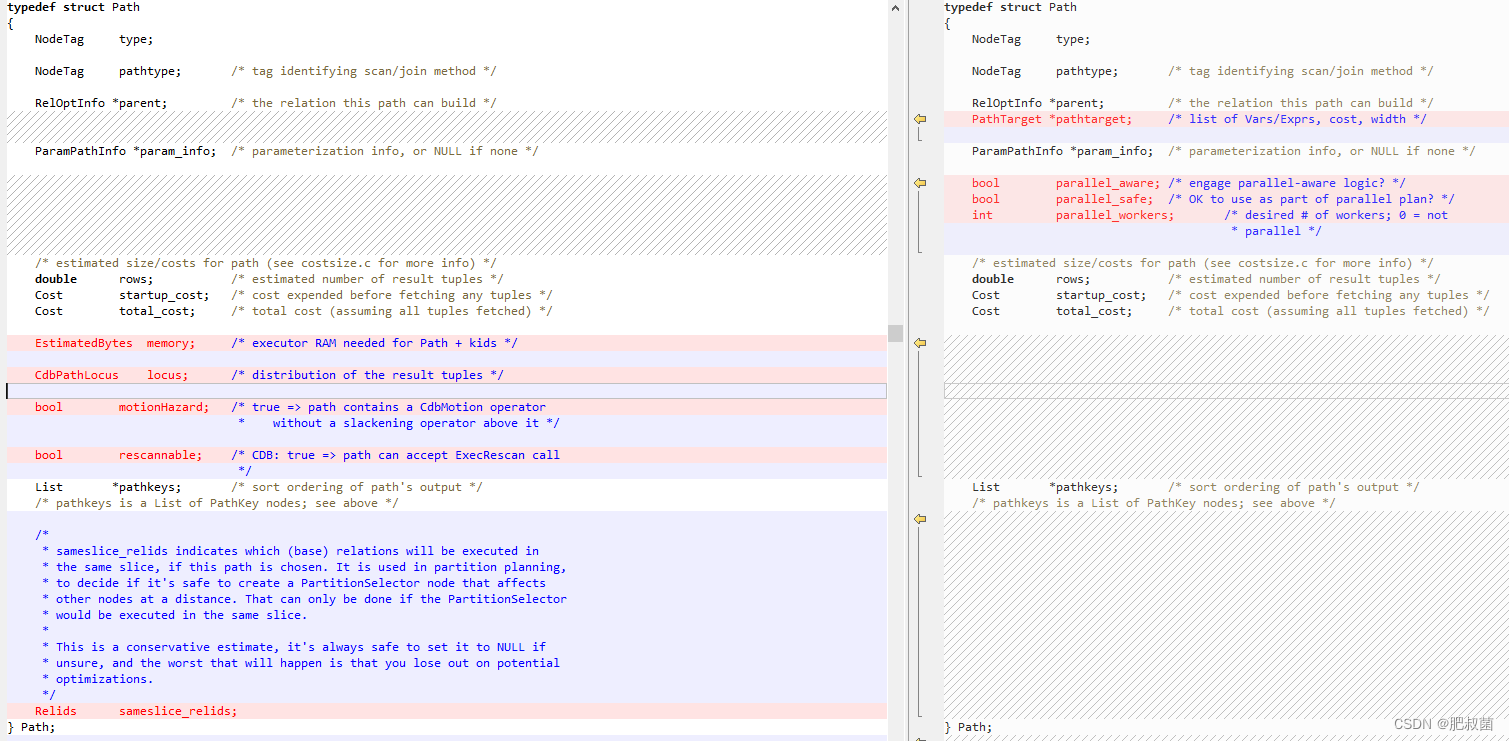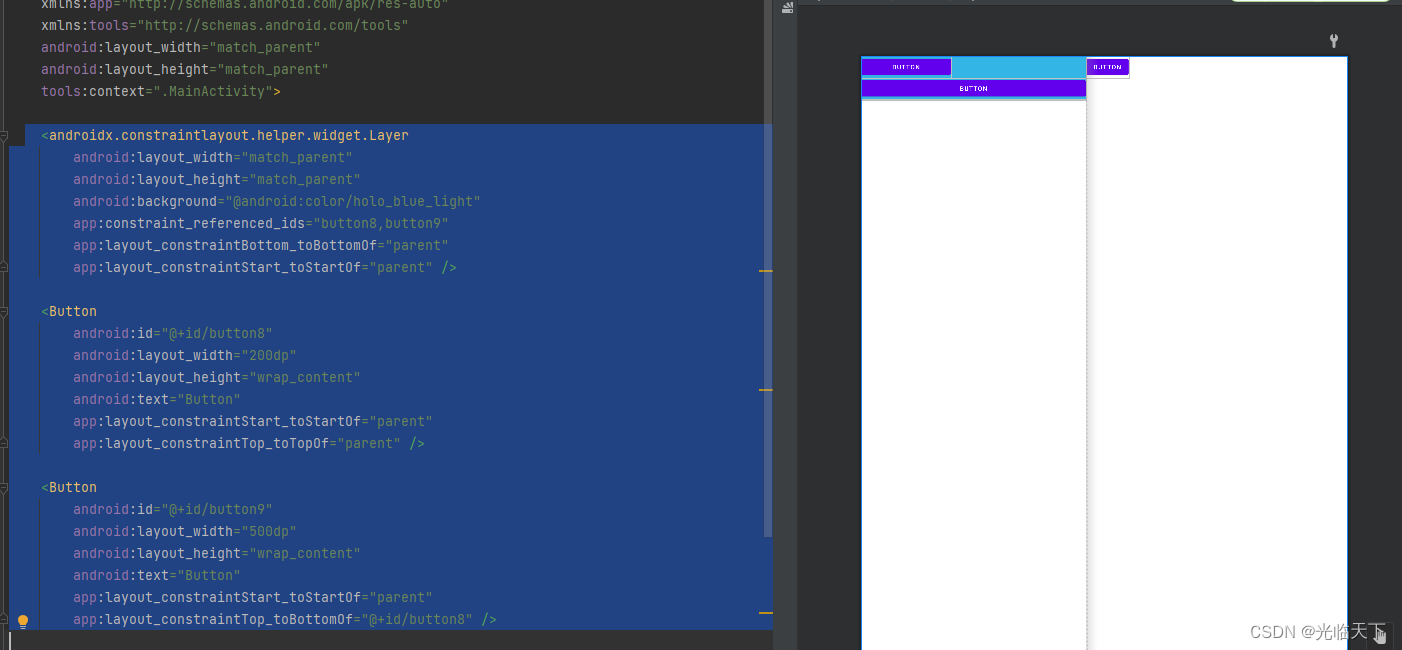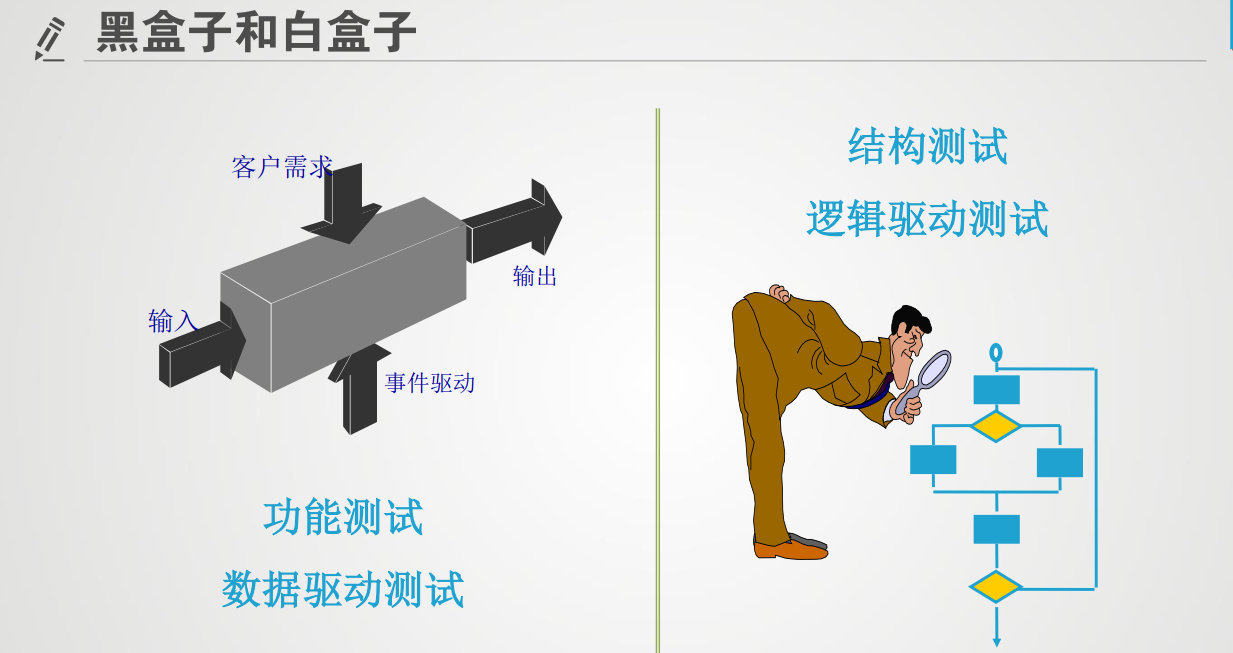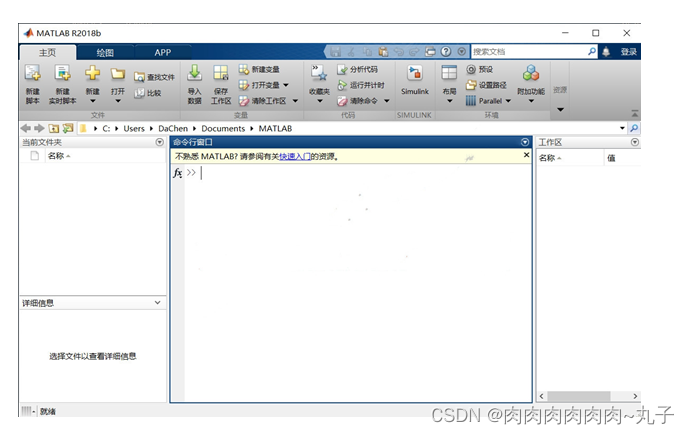计算属性就是当依赖的属性的值发生变化的时候,才会触发他的更改,如果依赖的值,不发生变化的时候,使用的是缓存中的属性值。
computed购物车案例
1.Vue2版
<template>
<div>
<div>
<input v-model="keyword"/>
<table>
<thead>
<tr>
<th>商品名称</th>
<th>价格</th>
<th>数量</th>
<th></th>
</tr>
</thead>
<tbody>
<tr v-for="(product, index) in sousuo" :key="index">
<td>{{ product.name }}</td>
<td>{{ product.price }}</td>
<td><button @click="product.quantity--">-</button>{{ product.quantity }}<button @click="product.quantity++">+</button></td>
<td>
<button @click="deleteProduct(index)">删除</button>
</td>
</tr>
</tbody>
</table>
总价:{{getsum }}
</div>
</div>
</template>
<script>
import { computed } from 'vue';
export default {
data() {
return {
products: [
{ name: '商品1', price: 10, quantity: 5 },
{ name: '商品2', price: 20, quantity: 3 },
{ name: '商品3', price: 15, quantity: 2 }
],
sum:0,
keyword:''
};
},
methods: {
deleteProduct(index) {
this.products.splice(index, 1);
}
},
computed:{
getsum() {
const sum= this.sousuo.reduce((prev, next) => {
return prev + next.price * next.quantity;
}, 0);
return sum
},
sousuo(){
return this.products.filter(product=>product.name.includes(this.keyword))
},
},
};
</script>
<style>
</style>
效果图如下:



2.Vue3+ts版
功能和Vue2版一样
<template>
<div>
<div>
<p class="sou">搜索框在此:<input v-model="keyword" border:1px/> </p>
<table>
<thead>
<tr>
<th>商品名称</th>
<th>价格</th>
<th>数量</th>
<th></th>
</tr>
</thead>
<tbody>
<tr v-for="(product, index) in search" :key="index">
<td>{{ product.name }}</td>
<td>{{ product.price }}</td>
<td><button @click="product.quantity--">-</button>{{ product.quantity }}<button @click="product.quantity++">+</button></td>
<td>
<button @click="del(index)">删除</button>
</td>
</tr>
</tbody>
</table>
<p>您需要支付{{ _total }}元</p>
<button @click="allbuy">我全都要</button>
<p v-show="showbuy">要全买?所有商品总价:{{total }}元</p>
</div>
</div>
</template>
<script setup lang="ts">
import{ref,reactive,computed} from 'vue'
let keyword = ref<string> ('')
interface Data{
name:string,
price:number,
quantity:number
}
let showbuy = ref<boolean>(false)
const data = reactive<Data[]> ([
{ name: '商品1', price: 10, quantity: 5 },
{ name: '商品2', price: 20, quantity: 3 },
{ name: '商品3', price: 15, quantity: 2 }
])
const total = computed(()=>{
return data.reduce((prev:number,next:Data)=>{
return prev + next.price * next.quantity;
},0)
})
const _total = computed(()=>{
const searchResult = search.value; // 获取search计算属性的值
return searchResult.reduce((prev:number,next:Data)=>{
return prev + next.price * next.quantity;
},0)
})
const search = computed(()=>{
const mysearch = data.filter((product:Data)=>{
return product.name.includes(keyword.value)
})
return mysearch
})
const del = (index:number) =>{
data.splice(index,1)
}
const allbuy = () =>{
showbuy.value=!showbuy.value
}
</script>
<style>
.sou{
color: red;
}
</style>
3.购物车案例中用到的函数
(1)filter
在JavaScript中,filter()方法是数组对象的一个高阶函数,它用于筛选数组元素并返回一个新的数组,新数组只包含满足特定条件的元素。
filter.html
<!DOCTYPE html>
<html>
<body>
<h1>JavaScript Array.filter()</h1>
<p>使用通过测试的所有数组元素创建一个新数组。</p>
<p id="demo"></p>
<script>
var numbers = [45, 4, 9, 16, 25];
var over18 = numbers.filter(myFunction);
document.getElementById("demo").innerHTML = over18;
function myFunction(value, index) {
console.log("值:",value,"索引:",index)
return value > 18&index>0;
}
</script>
</body>
</html>
效果图如下:

以下是示例代码,展示了如何使用filter()方法:
let strings = ["hello", "", "world", "", ""];
let nonEmptyStrings = strings.filter((str) => str !== "");
console.log(nonEmptyStrings); // 输出 ["hello", "world"]
(2)reduce
在JavaScript中,reduce()方法是数组对象的一个高阶函数,它用于对数组中所有元素进行累积计算,并返回一个单一的值。
以下是示例代码,展示了如何使用reduce()方法:
accumulator: 累加器的初始值或上一次回调函数的返回值。
currentValue: 当前被处理的元素。
let strings = ["Hello", " ", "World", "!"];
let result = strings.reduce((accumulator, currentValue) => accumulator + currentValue);
console.log(result); // 输出 "Hello World!"
let numbers = [10, 5, 8, 20, 15];
let maxNumber = numbers.reduce((accumulator, currentValue) => Math.max(accumulator, currentValue));
console.log(maxNumber); // 输出 20
(3)splice
在JavaScript中,splice()方法用于向数组中插入、删除或替换元素,并返回被修改的数组。
splice()方法可以接受多个参数,具体取决于你想要进行的操作:
let fruits = ['apple', 'banana', 'orange', 'mango'];
fruits.splice(2, 1); // 从索引2开始,删除一个元素
console.log(fruits); // 输出:['apple', 'banana', 'mango']
let fruits = ['apple', 'banana', 'mango'];
fruits.splice(1, 0, 'cherry'); // 在索引1处插入'cherry'
console.log(fruits); // 输出:['apple', 'cherry', 'banana', 'mango']
fruits.splice(1, 0, ‘cherry’) 的意思是在 fruits 数组的索引 1 处插入一个新元素 ‘cherry’,并且不删除任何元素(因为第二个参数为 0)。此操作将会改变 fruits 数组,并在索引 1 处插入 ‘cherry’。
let fruits = ['apple', 'banana', 'mango'];
fruits.splice(0, 1, 'grape'); // 替换索引0处的元素为'grape'
console.log(fruits); // 输出:['grape', 'banana', 'mango']
第一个参数表示要进行修改的起始位置(索引),第二个参数表示要删除的元素数量,而后面的参数则是要插入到数组中的新元素。
在这种情况下,splice() 方法会从 fruits 数组的索引 0 处开始,删除 1 个元素,并将 ‘grape’ 插入到此位置。这样就实现了将原来索引 0 处的元素替换为 ‘grape’ 的操作。

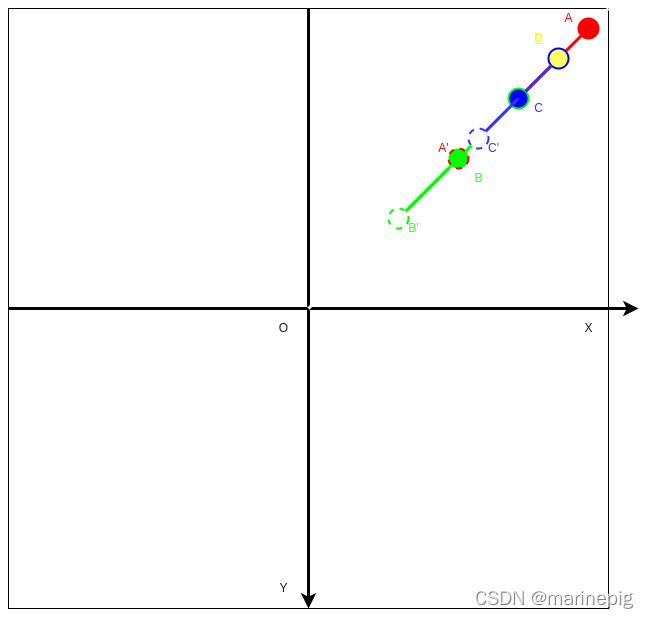
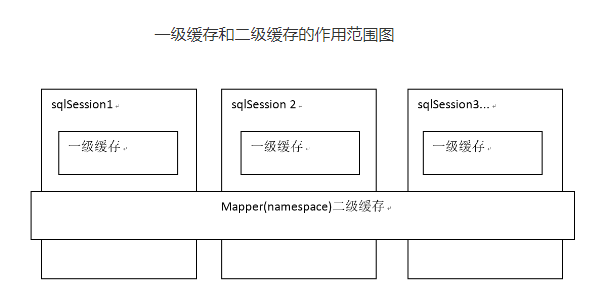
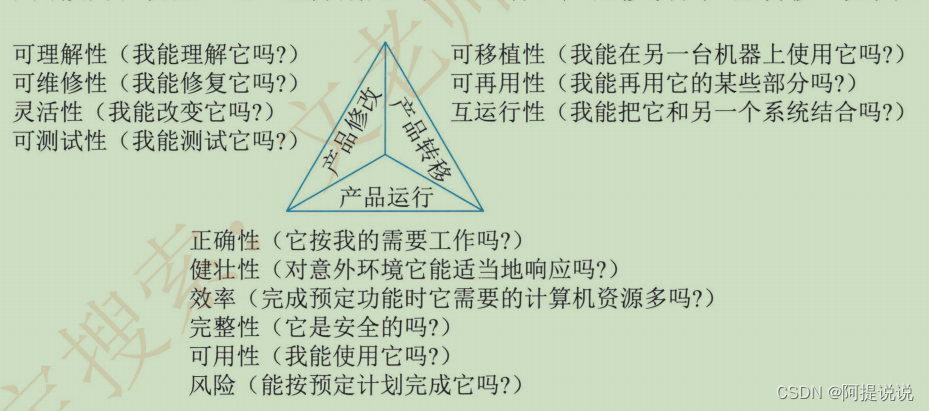


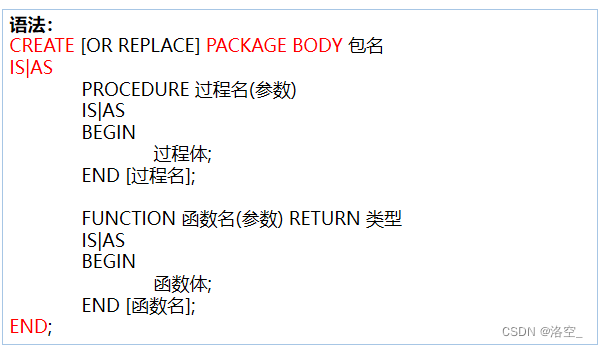
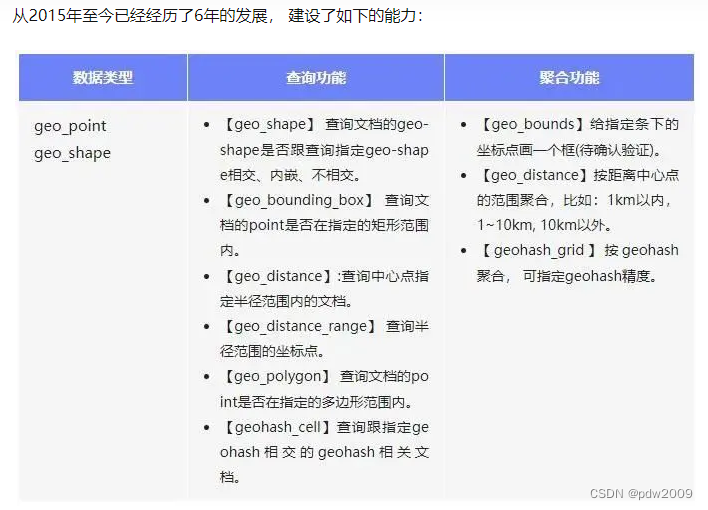

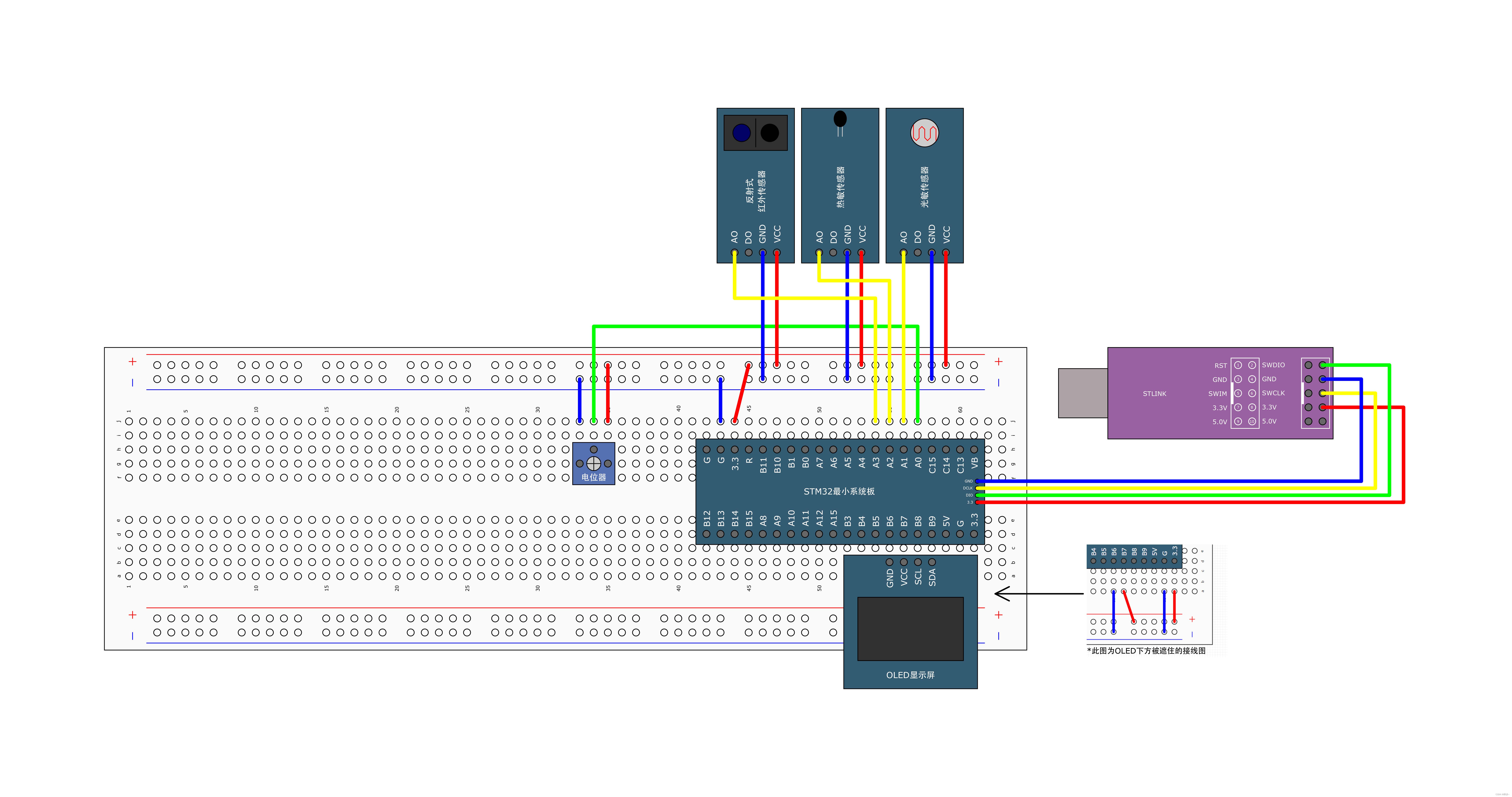
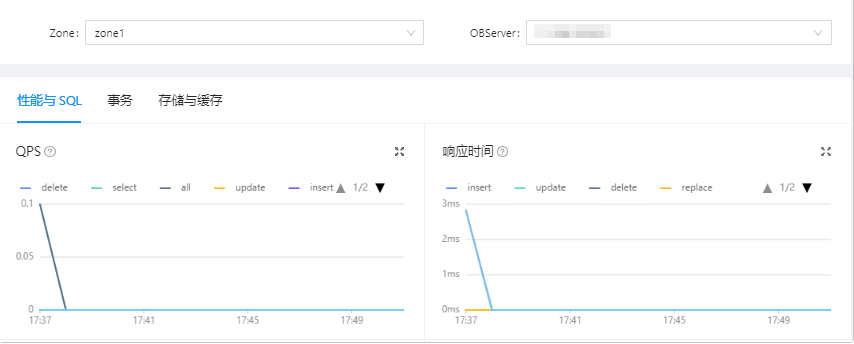
![[230607] 阅读TPO69汇总|9:00-10:00](https://img-blog.csdnimg.cn/4840c66371184cb4bbbc20a8516bfe44.jpeg)
